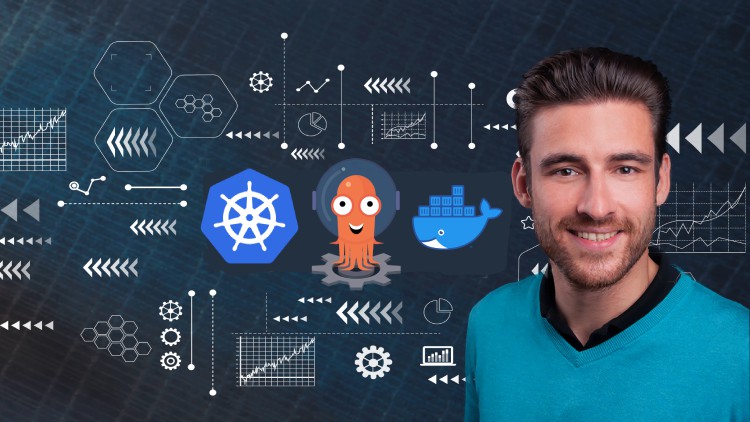Argo Workflows on Kubernetes – Core Concepts
Learn how to orchestrate Kubernetes-native workflows with Argo Workflows.
What you’ll learn
Argo Workflows on Kubernetes – Core Concepts
- You will learn how to install a minikube cluster with Argo Workflows on your local machine.
- You will get to know the core concepts of Argo Workflows and how to use them to create workflows.
- You will be able to communicate with the Argo server using the kubectl CLI and how to use the Argo Server UI.
Requirements
-
Basic knowledge of Kubernetes is desirable, but not essential.
Description
This is an introductory course to the full course Hands-On Guide to Argo Workflows on Kubernetes.
Argo Workflows is a container native workflow engine for orchestrating jobs in Kubernetes. This means that complex workflows can be created and executed completely in a Kubernetes cluster.
It provides a mature user interface, which makes operation and monitoring very easy and clear. There is native artifact support, whereby it is possible to use completely different artifact repositories (Minio, AWS S3, Artifactory, HDFS, OSS, HTTP, Git, Google Cloud Service, raw).
And robust repetition mechanisms ensure a high level of reliability.
There is already a large, global community that is growing steadily. Just to name IBM, SAP, and NVIDIA. It is mainly used for machine learning, ETL, Batch – and data processing, and CI / CD. And what is also very important – it is open source and a project of the Cloud Native Computing Foundation.
Upon successful completion of the course, you will be able to create workflows using the core concepts of Argo Workflows. You will be confident to use the kubectl CLI and the Argo Server UI to communicate with the Argo Server and manage your workflows.
Who this course is for:
- Anyone who wants to use a Kubernetes native orchestration tool to create simple and complex workflows.
- Everyone who wants to get to know most of the features of Argo Workflows for the creation of large workflows with a practical approach.











Add Comment